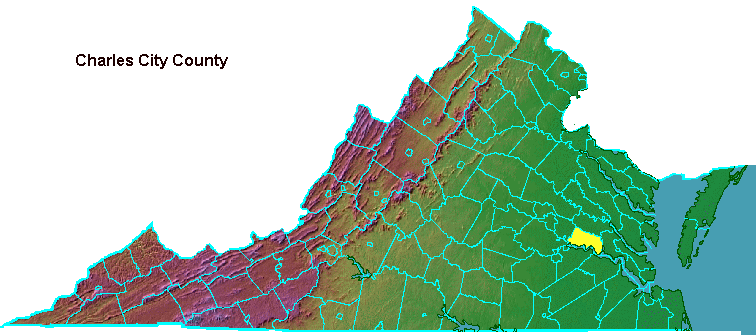

Charles City, created in 1634, is one of the eight original counties in the state. It was named after the King of England at the time, Charles I.
The original title to the primary settlement planted by Sir Thomas Dale in this area in 1613 was Bermuda City. This plantation had the potential to outstrip Jamestown as settlement moved up the James River, but the later governors' support for Jamestown and the "massacre" of 1622 shifted the center of settlement back on the lower river.
Since the colony was dependent on royal support, it made sense to honor the King by naming five of the first eight counties after the royal family. The initial settlers in 1607 had already named Cape Charles after Prince Charles, when he was still the second son and it was not obvious he would become King. It's smart to hedge your bets...
Just 15 years after the county was named in his honor, Charles I ended up as the last King of England to be killed in a civil war. He was beheaded in 1649, after Cromwell and his army seized control of Parliament.
The romanticized flight of royalist "Cavaliers" associated with the losing side (as opposed to the Puritan "Roundheads" on the winning side) has given the University of Virginia its "Cavalier" mascot with the plumed hat and crossed swords.
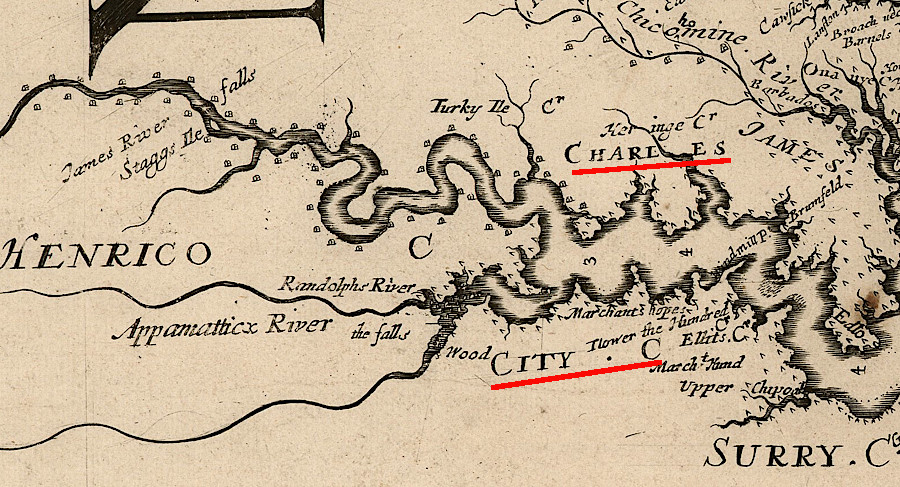
in 1670, Augustine Herrman mapped Charles City County on both sides of the James River
Source: John Carter Brown Library, Virginia and Maryland As it is planted and Inhabited this present Year 1670 (by Augustine Herrman, 1670)
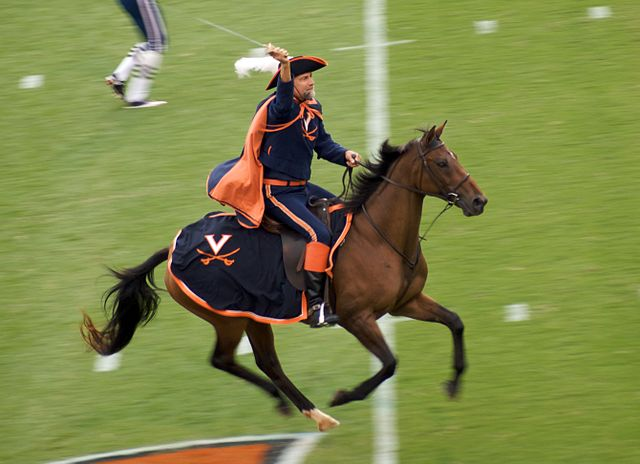
University of Virginia mascot, the Cavalier
Source: Flickr, Karen Blata - Vironevaeh photostream

Charles City County in 1861
Source: Library of Congress, Colton's new topographical map of the eastern portion of the state of North Carolina with part of Virginia & South Carolina (by Joseph H. Colton, 1861)
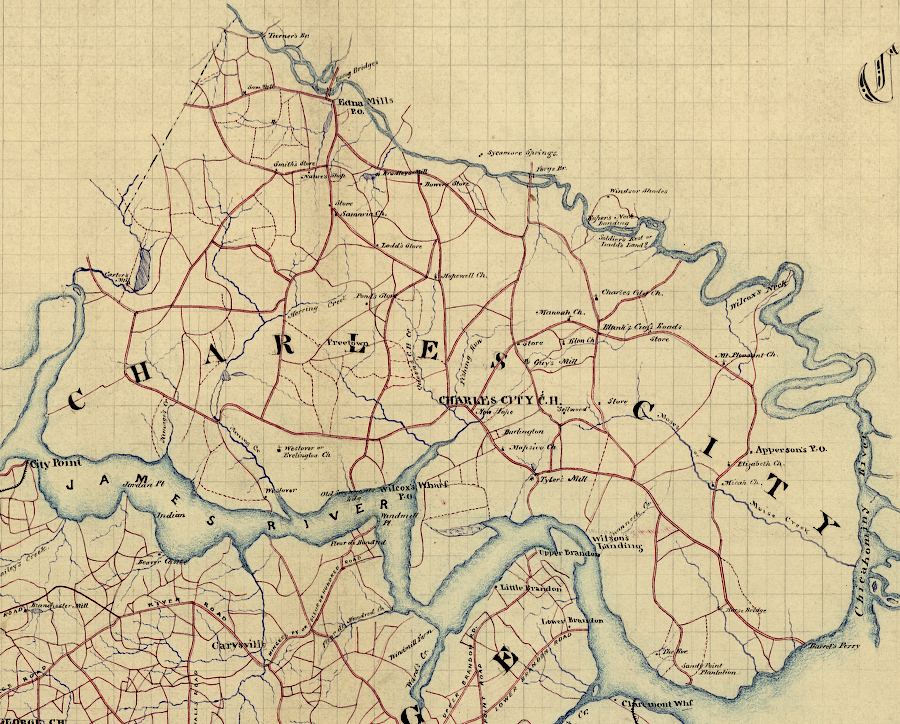
Charles City County in 1867
Source: Library of Congress, Charles City, Pr. George and Surry counties, Virginia (by Jedediah Hotchkiss, 1867)
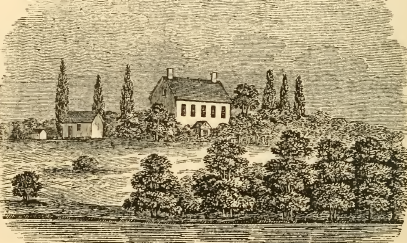
Berkeley Plantation in the 1840's (home of the Harrison family and birthplace of President William Henry Harrison)
Source: Henry Howe, Historical collections of Virginia (p.213)
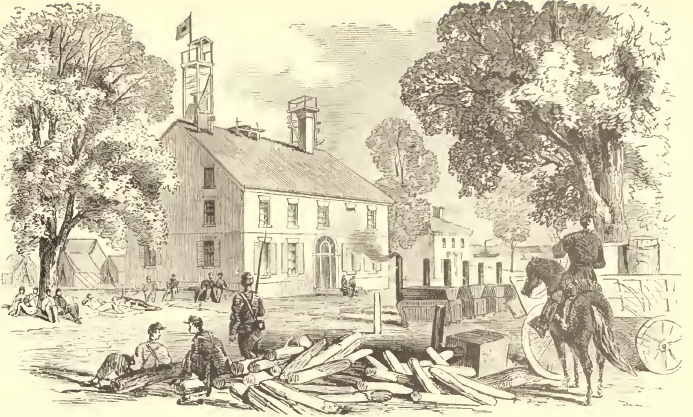
Berkeley Plantation, birthplace of William Henry Harrison, was used as a Union Army hospital in the Civil War
Source: Frank Leslie's Illustrated History of the Civil War (p.375)
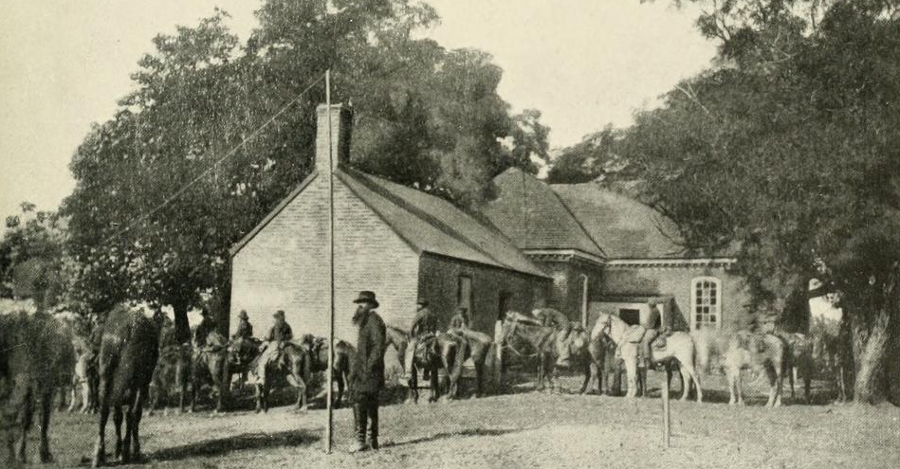
Charles City County and it courthouse (above) was occupied by General McClellan's forces during the 1862 Peninsula Campaign
Source: The Photographic History of the Civil War, Charles City Court House, Virginia, July 1862 (p.340)
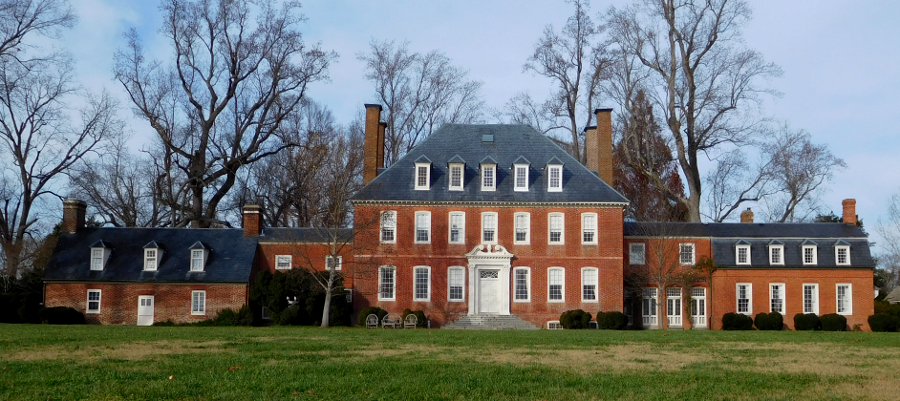
Westover, built by William Byrd II in the 1730's, is located just downstream from Berkeley Plantation
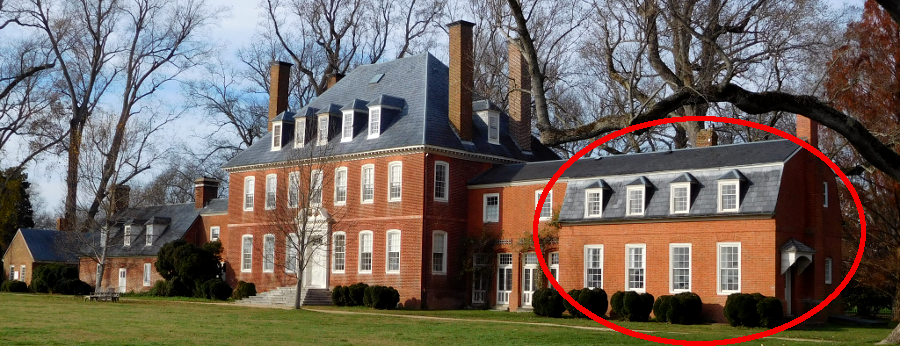
William Byrd II's library, the east wing of Westover, burned in 1862 and was rebuilt nearly 40 years later